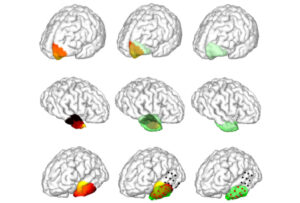 Exploring the Link Between Geschwind Syndrome and the Behaviors of Mystics and Cult Leaders
Exploring the Link Between Geschwind Syndrome and the Behaviors of Mystics and Cult Leaders
Throughout history, many influential mystics, prophets, preachers, and cult leaders have displayed a distinct set of personality traits and behaviors, including an intense preoccupation with religion, morality, and purity; hypergraphia (compulsive writing); abnormal sexual behavior; and a strong fixation on the body and food. Intriguingly, neuroscientists have identified a form of epilepsy called temporal lobe epilepsy (TLE) that is closely associated with this cluster of symptoms, known as the Gastaut-Geschwind syndrome. This raises the fascinating possibility that some prominent spiritual figures may have been influenced by the neurological effects of TLE, which in turn shaped their beliefs, teachings, and practices.
What is Gastaut-Geschwind Syndrome?
Gastaut-Geschwind syndrome is a constellation of personality changes commonly observed in patients with TLE, a neurological disorder characterized by recurring seizures originating in the brain’s temporal lobes. The temporal lobes play a vital role in processing sensory input, language, emotion, and memory. When epileptic activity disrupts these regions, it can cause a variety of behavioral and cognitive symptoms:
– Hyperreligiosity: Intense focus on spiritual and moral matters, often accompanied by religious visions or delusions.
– Hypergraphia: Compulsive writing or drawing, often of an esoteric or philosophical nature.
– Changes in sexual behavior: Either hypersexuality or decreased libido and asceticism. Some may alternate between the two extremes.
– Alterations in eating habits: Restricted eating, fasting, or conversely, binge eating and food obsessions.
– Emotional volatility: Rapid mood swings, irritability, aggression.
– Obsessive rumination: Tendency to become fixated on certain ideas or ritualistic behaviors.
– Humorlessness and sobriety
– Circumstantiality in speech (overly detailed and digressive)
The connection between TLE and religious experience is so well-documented that some researchers have dubbed it the “Saint Paul syndrome,” referencing the Biblical account of Paul’s dramatic conversion experience, which resembles an epileptic seizure.
Cults and Gastaut-Geschwind Syndrome:
The cognitive and emotional changes associated with Gastaut-Geschwind syndrome can profoundly alter an individual’s perception of reality, sense of self, and interpersonal relationships. These alterations may contribute to the charisma and influence of spiritual leaders who exhibit these traits, as their followers may be drawn to their unique perspectives and intense emotional states.
One of the key features of Gastaut-Geschwind syndrome is the intensification of emotions, particularly those related to religious or spiritual experiences. Individuals with this condition may report feelings of euphoria, ecstasy, or a profound sense of connection to the divine. These heightened emotional states can be contagious, as followers may be drawn to the leader’s apparent passion and conviction, interpreting it as a sign of spiritual authenticity or enlightenment.
Moreover, the tendency towards hypergraphia and circumstantial speech may imbue the leader’s words with a sense of depth, complexity, and hidden meaning. Followers may perceive the leader’s prolific writing and lengthy, detailed discourses as evidence of divine inspiration or esoteric knowledge. The leader’s ability to hold their audience’s attention and engage them in intricate, emotionally charged narratives can further enhance their charismatic appeal.
The hyperreligiosity associated with Gastaut-Geschwind syndrome may manifest as an unshakable belief in one’s own divine mission or spiritual superiority. This conviction can be infectious, as followers may be drawn to the leader’s apparent certainty and unwavering faith. The leader’s obsessive focus on religious or moral themes may also resonate with followers who are seeking answers to life’s existential questions or a clear set of guidelines for living.
Furthermore, the alterations in sexual behavior and attitudes towards food and the body can contribute to the leader’s aura of self-control, discipline, and transcendence of earthly desires. Followers may view the leader’s sexual abstinence or strict dietary practices as signs of spiritual purity and mastery over the physical realm. In some cases, the leader’s sexual charisma and unconventional attitudes towards intimacy may also attract followers who are seeking to explore taboo or transgressive experiences as part of their spiritual journey.
The emotional volatility and obsessive rumination associated with Gastaut-Geschwind syndrome may also contribute to the leader’s ability to create a sense of urgency, crisis, or impending doom. Followers may be drawn to the intensity of the leader’s emotions and the high stakes they attach to spiritual or moral issues. This heightened emotional atmosphere can foster a strong sense of group cohesion and shared purpose, as followers feel that they are part of a critical mission or cosmic drama.
Finally, the temporal lobe dysfunction associated with this condition may also contribute to the leader’s reported visionary experiences, auditory hallucinations, and sense of divine communication. Followers may interpret these experiences as genuine encounters with the supernatural, further reinforcing the leader’s charismatic authority and spiritual legitimacy.
The Risks and Challenges:
While the cognitive and emotional changes associated with Gastaut-Geschwind syndrome may contribute to a spiritual leader’s charisma and influence, they can also pose significant risks to both the leader and their followers. The leader’s obsessive focus on certain ideas, combined with their emotional volatility and impaired judgment, may lead to the development of rigid, controlling, or even abusive dynamics within the group.
Moreover, the leader’s unshakable belief in their own divine status or mission may lead to grandiosity, narcissism, and a disregard for the well-being of others. In extreme cases, this can result in the exploitation or mistreatment of followers, as well as the justification of harmful or illegal acts in the name of a higher purpose.
The intense emotional states and altered perceptions associated with Gastaut-Geschwind syndrome may also make the leader and their followers more vulnerable to conspiracy theories, paranoid ideation, and apocalyptic thinking. This can create an echo chamber of fear, distrust, and us-versus-them mentality that isolates the group from the broader society and reinforces the leader’s authority.
The neurological and psychological changes associated with Gastaut-Geschwind syndrome can have a profound impact on an individual’s perception of reality, emotional experiences, and interpersonal relationships. In the context of spiritual leadership, these alterations may contribute to the charisma, influence, and perceived authenticity of individuals who exhibit these traits.
Historic and Contemporary Examples of Leaders with Gastaut-Geschwind
Many influential spiritual teachers and leaders throughout history have exhibited some of the hallmark signs of Gastaut-Geschwind syndrome. While we cannot definitively diagnose historical figures, examining this connection can provide a neurological perspective for understanding their lives, teachings, and obsessions.
1. Joan of Arc (1412-1431) – The French peasant girl turned military leader reported receiving visions and hearing divine voices instructing her to support the French king. She was known for her religious fervor, asceticism, and adherence to strict moral codes.
2. St. Teresa of Ávila (1515-1582) – This Spanish Catholic mystic experienced vivid spiritual visions, intense ecstatic states, and reported levitating during prayer. Her writings, such as “The Interior Castle,” are considered hypergraphic works. She emphasized the importance of purity and detachment from worldly pleasures.
3. Emanuel Swedenborg (1688-1772) – The Swedish theologian and philosopher claimed to have received revelations from God and angels, leading him to write extensively about the spiritual world and the correspondences between it and the physical realm. He promoted a spiritualized view of sexuality and marriage.
4. Joseph Smith (1805-1844) – The founder of Mormonism reported visitations from God, Jesus, and angels, which led him to discover and translate the Book of Mormon. He introduced unique religious practices, including polygamy, and wrote prolifically on spiritual topics, emphasizing the importance of sexual purity and dietary restrictions.
5. Ellen G. White (1827-1915) – One of the key founders of the Seventh-day Adventist Church, White reported having over 2,000 visions and dreams throughout her lifetime, many of which involved religious themes and resulted in extensive written works. She promoted vegetarianism and emphasized the importance of sexual restraint and dietary reform as part of spiritual growth.
6. Helena Blavatsky (1831-1891) – The co-founder of the Theosophical Society claimed to have psychic abilities and to receive messages from spiritual masters. She wrote extensively on esoteric topics and promoted a blend of Eastern and Western spiritual ideas, including concepts of purity and asceticism.
7. Aleister Crowley (1875-1947) – The British occultist and ceremonial magician, who called himself “The Great Beast 666,” engaged in prolific writing, sexual experimentation, and drug use as part of his spiritual practices. He developed his own religious philosophy, Thelema, which emphasized the pursuit of one’s true will and included rituals and sexual magic.
8. Edgar Cayce (1877-1945) – Known as the “Sleeping Prophet,” Cayce reportedly entered trance-like states in which he could access spiritual realms and provide psychic readings on a wide range of subjects, from health to reincarnation. He often prescribed dietary changes and fasting as part of his holistic approach to healing.
9. Grigori Rasputin (1869-1916) – The Russian mystic and self-proclaimed holy man, who held great influence over the Romanov family, was known for his hypnotic gaze, sexual escapades, and claims of supernatural abilities. He preached a doctrine of salvation through sin, believing that one must sin to be forgiven.
10. Sri Aurobindo (1872-1950) – The Indian philosopher and yogi reported having profound spiritual experiences that led him to develop Integral Yoga and the concept of the “supermind.” He wrote extensively on the evolution of consciousness and emphasized the importance of celibacy and spiritual transformation of the body.
11. Bhagwan Shree Rajneesh (Osho) (1931-1990) – The controversial Indian guru, known for his unorthodox teachings on sexuality and spirituality, attracted a large following in the West. He was notorious for his lavish lifestyle and for encouraging sexual exploration among his disciples as a means of transcendence.
12. Marshall Applewhite (1931-1997) – The leader of the Heaven’s Gate cult, which committed mass suicide in 1997, believing they would ascend to a spaceship trailing the Hale-Bopp comet. Applewhite preached a mixture of Christian and New Age ideas, and enforced strict rules around sex, food, and clothing, promoting celibacy and asceticism as necessary for spiritual evolution.
13. David Koresh (1959-1993) – The leader of the Branch Davidians, a splinter group of the Seventh-day Adventist Church, Koresh claimed to be a divine prophet and the Lamb of Revelation. He practiced polygamy, exerted tight control over his followers’ lives, and preached an apocalyptic message that included sexual and dietary regulations.
14. Shoko Asahara (1955-2018) – The founder of the Japanese doomsday cult Aum Shinrikyo, which carried out the deadly 1995 Tokyo subway sarin attack. Asahara mixed Buddhist, Hindu, and Judeo-Christian ideas, claimed to be the “Christ,” and the first “enlightened one” since Buddha. He promoted a strict ascetic lifestyle among his followers, including sexual abstinence and vegetarianism.
15. Raël (Claude Vorilhon) (1946-) – The founder of the Raëlian Movement, which teaches that humans were created by extraterrestrial beings. Raël claims to have received this revelation from a UFO encounter and has promoted free love and human cloning as part of his spiritual vision.
16. Amy Carlson (1975-2021) – The leader of the Love Has Won cult, Carlson claimed to be the divine mother God and the reincarnation of various religious figures. She promoted a blend of New Age and conspiracy theory ideas, and enforced strict rules around food and sex among her followers, often using these as tools of control and manipulation.
The remarkable similarities between the Gastaut-Geschwind syndrome and the characteristics displayed by many mystics, prophets, and cult leaders throughout history raise intriguing questions about the neurological basis of religious experience and charismatic leadership. While we cannot definitively attribute their teachings and behaviors solely to a medical condition, exploring this link can provide valuable insights into the complex interplay of brain, behavior, and belief.
In many of these cases, the spiritual leaders’ preoccupations with food, sex, and purity appear to be central to their worldviews and teachings. Strict dietary regulations, sexual practices (either in the form of celibacy or sexual rituals), and an emphasis on moral purity are common threads that run through their belief systems. These fixations may be related to the underlying neurological changes associated with temporal lobe epilepsy and the Gastaut-Geschwind syndrome.
As neuroscience continues to shed light on the workings of the human mind, it may offer new perspectives on the age-old human fascination with the divine and the individuals who claim to have special access to it. Understanding the potential neurological underpinnings of certain spiritual experiences and practices can deepen our understanding of the complex relationship between the brain and religious belief, and may help us to approach these phenomena with greater insight and compassion.
Did you enjoy this article? Checkout the podcast here: https://gettherapybirmingham.podbean.com/
Bibliography:
Geschwind, N. (1983). Interictal Behavioral Changes in Epilepsy. Epilepsia, 24(1), S23-S30. Geschwind, N. (1979). Behavioral Changes in Temporal Lobe Epilepsy. Psychological Medicine, 9(2), 217-219. Devinsky, O., & Lai, G. (2008). Spirituality and Religion in Epilepsy. Epilepsy & Behavior, 12(4), 636-643. Persinger, M. A. (1983). Religious and Mystical Experiences as Artifacts of Temporal Lobe Function: A General Hypothesis. Perceptual and Motor Skills, 57(3_suppl), 1255-1262. Saver, J. L., & Rabin, J. (1997). The Neural Substrates of Religious Experience. The Journal of Neuropsychiatry and Clinical Neurosciences, 9(3), 498-510. Waxman, S. G., & Geschwind, N. (1975). The Interictal Behavior Syndrome of Temporal Lobe Epilepsy. Archives of General Psychiatry, 32(12), 1580-1586.
Further Reading:
Dewhurst, K., & Beard, A. W. (1970). Sudden Religious Conversions in Temporal Lobe Epilepsy. The British Journal of Psychiatry, 117(540), 497-507. Slater, E., & Beard, A. W. (1963). The Schizophrenia-like Psychoses of Epilepsy: I. Psychiatric Aspects. The British Journal of Psychiatry, 109(458), 95-150. Ramachandran, V. S., & Blakeslee, S. (1998). Phantoms in the Brain: Probing the Mysteries of the Human Mind. William Morrow. Newberg, A. B., & d’Aquili, E. G. (2001). Why God Won’t Go Away: Brain Science and the Biology of Belief. Ballantine Books. Saver, J. L. (1999). Do Certain Neurological Conditions Enhance Spiritual Experience and Expression? Integrative Physiological and Behavioral Science, 34(4), 251-255. Kaplan, J. (2016). The Inner Lives of Broken Hearts: Understanding Complex Trauma. WW Norton & Company.
Read More Depth Psychology Articles:
Taproot Therapy Collective Podcast
Jungian Topics
How Psychotherapy Lost its Way
Therapy, Mysticism and Spirituality?
How to Understand Carl Jung
How to Use Jungian Psychology for Screenwriting and Writing Fiction
How the Shadow Shows up in Dreams
Using Jungian Thought to Combat Addiction
Jungian Exercises from Greek Myth
Jungian Shadow Work Meditation
Free Shadow Work Group Exercise


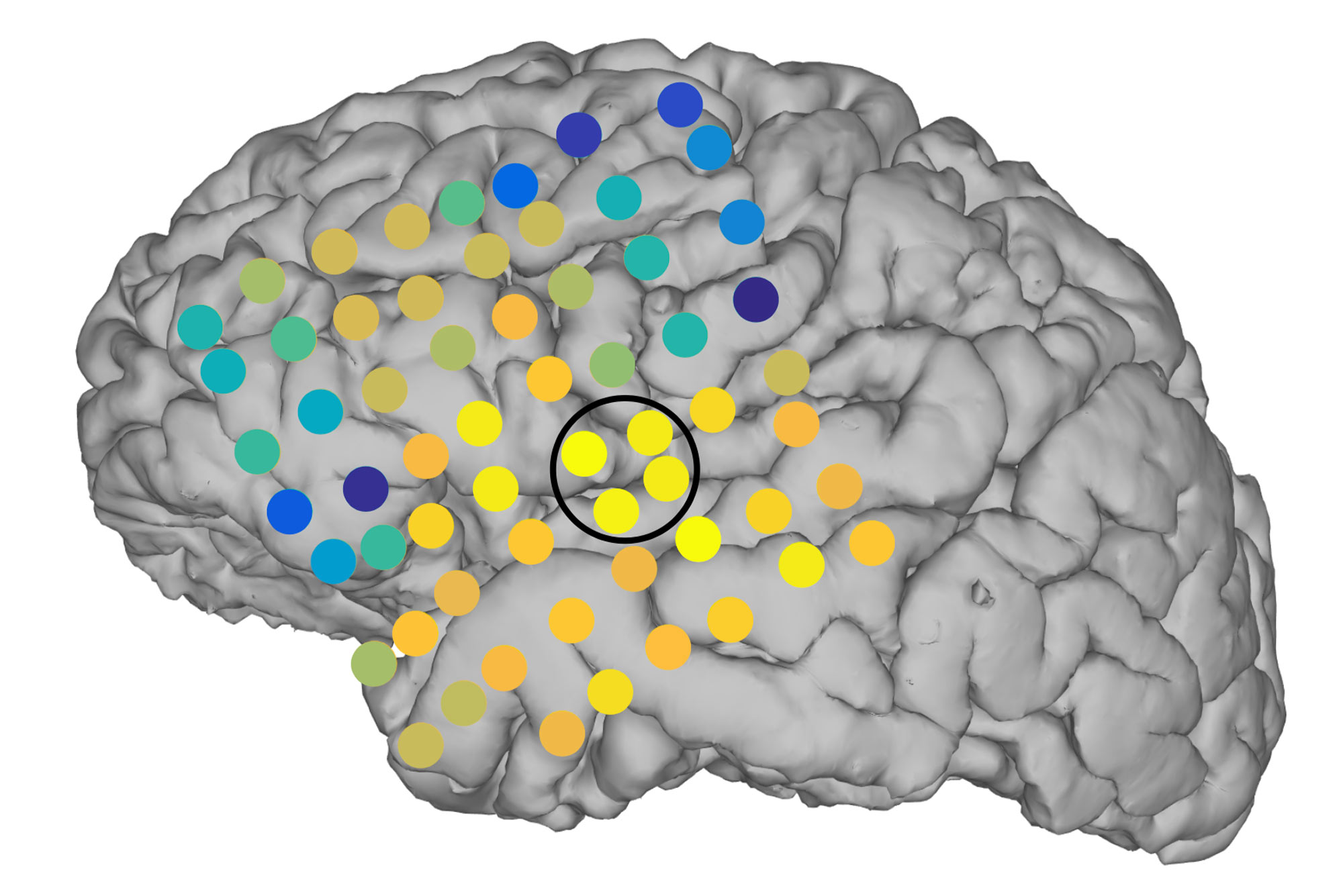


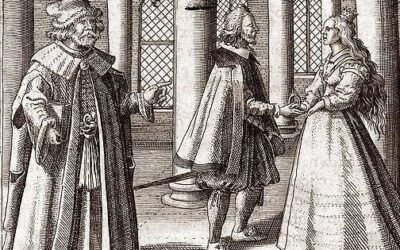
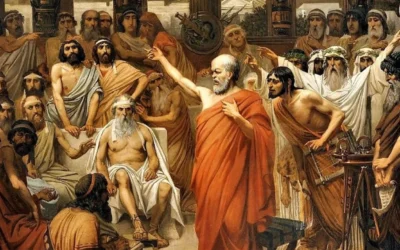
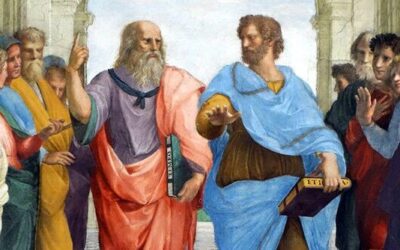
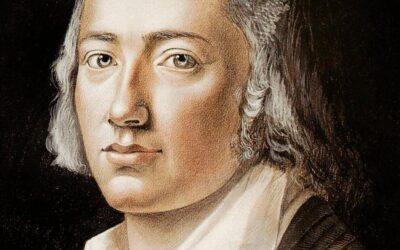
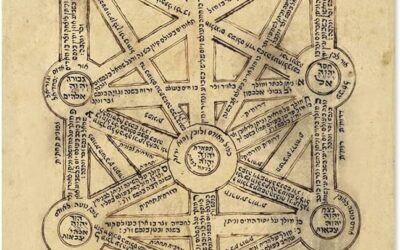
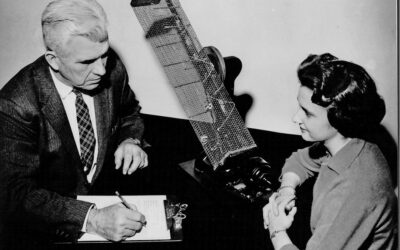

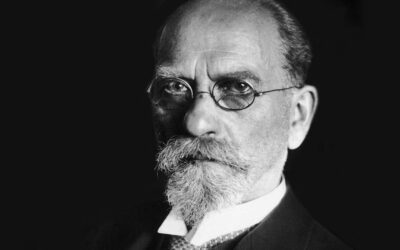

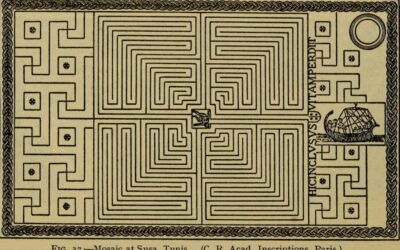
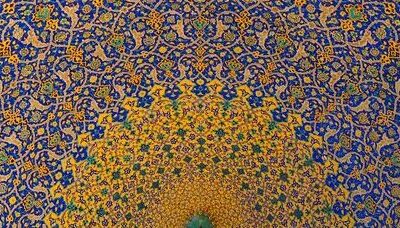

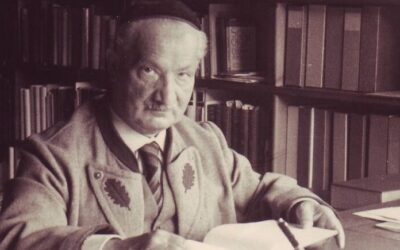

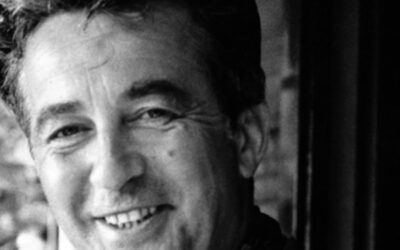

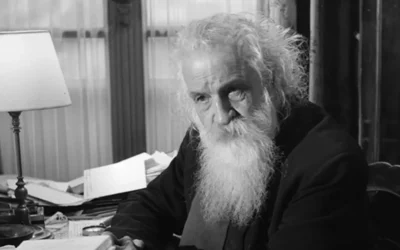
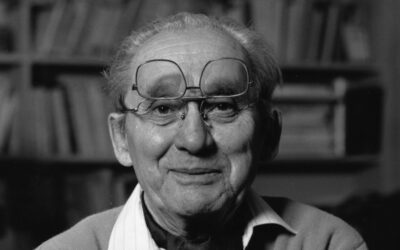
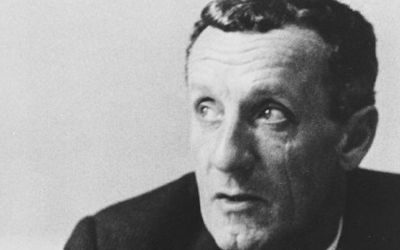

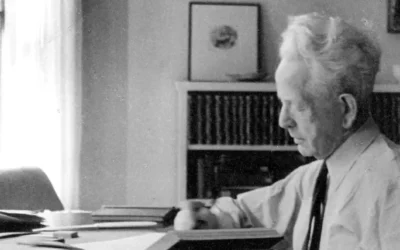


0 Comments